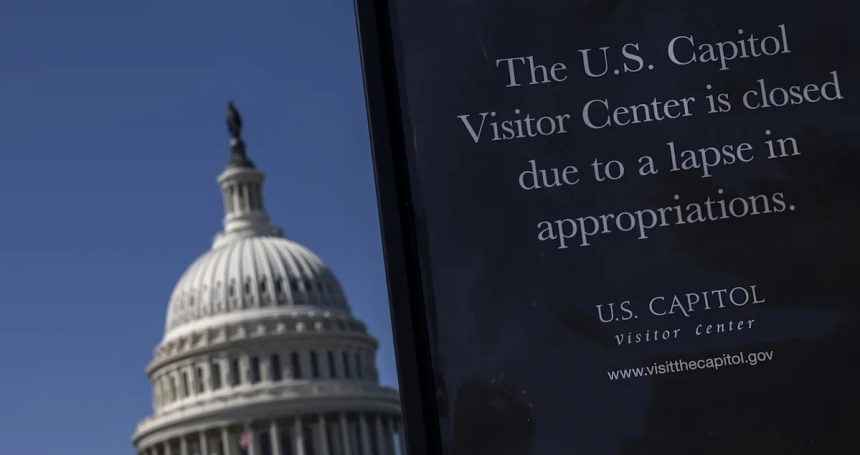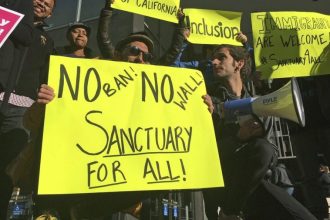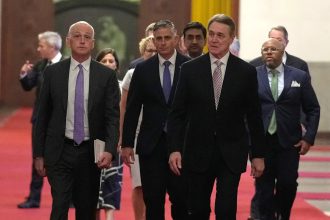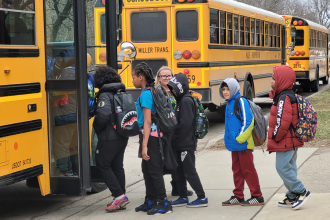The Smithsonian Museum of the American Indian on the National Mall in Washington, D.C. (J. David Ake/Getty Images)
The Smithsonian announced Friday that it can stay open during the shutdown a few days longer than originally estimated.
“Smithsonian museums, research centers, and the National Zoo will use prior-year funds to remain open to the public during the federal government shutdown through Saturday, October 11,” the institution said in a statement.
Previously, the Smithsonian predicted it would have to close after Oct. 6.
The shift underscores the uncertain, even confusing, status of national parks and monuments as the shutdown drags on. Some rely solely on federal appropriations, which have lapsed; others, like the Smithsonian, also accept private donations. Whether they remain open and for how long — and how many services they can provide while they do — depends on how much money they have left.
On Wednesday, New York Gov. Kathy Hochul said that unlike some of her predecessors, she would not shell out state funds to keep the Statue of Liberty and Ellis Island open. The Trump administration decided to divert federal funds for that instead — so neither tourist attraction will close.
Other sites haven’t been so fortunate. In Washington, D.C., the Library of Congress, the U.S. Capitol Visitor Center, the National Arboretum, the Museum at Ford’s Theater and indoor attractions on the National Mall (such as the Washington Monument) are closed. Additional sites — the National Gallery of Art, the Holocaust Museum, Arlington National Cemetery — say they can’t afford to stay open for long.
Elsewhere, national parks technically remain open, but it can be hard to determine what that means. Mount Rushmore is open, but its visitor center is closed. Muir Woods National Monument in Marin County, Calif., is closed. Tourists are being turned away from Montezuma Castle National Monument in Arizona; the same goes for the Cabrillo National Monument in San Diego.
“This type of both open and closed type of situation is really confusing,” Jesse Chakrin, executive director of the Fund for People in Parks, told KQED. “It’s confusing for the folks that are trying to manage parks responsibly and for the public trying to visit them responsibly.”
“I think it is going to be chaos,” Chakrin added.









